Aptina的AP0100CS可與其市場領先的低光照CMOS傳感器產品結合,創建具有高分辨率和標準動態范圍(SDR)或寬動態范圍(WDR)的CCTV相機解決方案。AP0100CS集成了Aptina的先進圖像處理管道(pipeline),具有令人驚嘆的視頻和低光照性能。借助用于寬動態范圍圖像再現(rendering)的高級局部色調映射(Advanced Local Tone Mapping, ALTM)功能,即使在非常困難的高對比度照明條件下也能夠生成高質量的視頻。AP0100CS集成了具有高級轉換器功能的NTSC/PAL編碼器,可以提供模擬CCTV市場所需的高TV線分辨率。這款產品為中國市場設計人員提供了過去無法獲取全新相機設計方案;也就是說,能夠利用高端IP相機傳感器的高分辨率、內在的卓越低光照性能及WDR能力,移植應用于模擬CCTV監控領域。這種強大的設計靈活性將會帶來令人激動的新型監控攝像機。
Auto Exposure(自動曝光)
The auto exposure algorithm optimizes scene exposure to minimize clipping and saturation in critical areas of the image. This is achieved by controlling exposure time and analog gains of the external sensor as well as digital gains applied to the image. Auto exposure is implemented by a firmware algorithm that is running on the embedded microcontroller that analyzes image statistics collected by the exposure measurement engine, makes a decision, and programs the sensor and color pipeline to achieve the desired exposure. The measurement engine subdivides the image into 25 windows organized as a 5 x 5 grid.
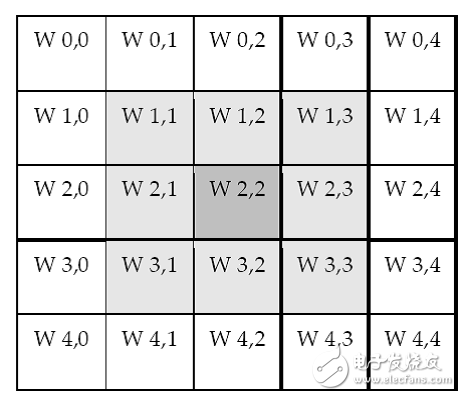
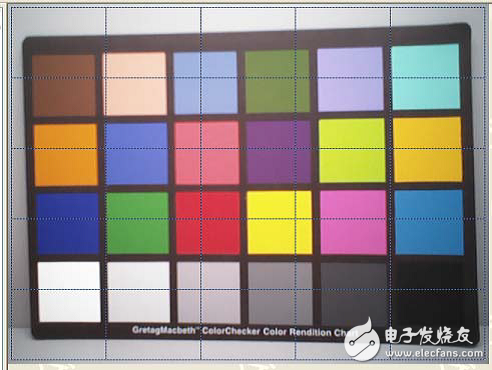
Figure 16: 5 x 5 Grid
AE Track Driver
Other algorithm features include the rejection of fast fluctuations in illumination (time averaging), control of speed of response, and control of the sensitivity to small changes.
While the default settings are adequate in most situations, the user can program target brightness, measurement window, and other parameters described above.The driver changes AE parameters (integration time, gains, and so on) to drive scene brightness to the programmable target.
To avoid unwanted reaction of AE on small fluctuations of scene brightness or momentary scene changes, the AE track driver uses a temporal filter for luma and a threshold around the AE luma target. The driver changes AE parameters only if the filtered luma is larger than the AE target step and pushes the luma beyond the threshold.
Auto White Balance(自動白平衡)
The AP0100CS has a built-in AWB algorithm designed to compensate for the effects of changing spectra of the scene illumination on the quality of the color rendition. The algorithm consists of two major parts: a measurement engine performing statistical analysis of the image and a driver performing the selection of the optimal color correction matrix and IFP digital gain. While default settings of these algorithms are adequate in most situations, the user can reprogram base color correction matrices, place limits on color channel gains, and control the speed of both matrix and gain adjustments. The AP0100 CSAWB displays the current AWB position in color temperature, the range of which will be defined when programming the CCM matrixes.The region of interest can be controlled through the combination of an inclusion window and an exclusion window.
曝光和白平衡設定
The Sensor Manager firmware component is responsible for controlling the application of 'exposure' and 'white balance' within the system. This effectively means that all control of integration times and gains (whether for exposure or white balance) is delegated to the Sensor Manager. The Auto Exposure (AE) and Auto White Balance (AWB) algorithms use services provided by the Sensor Manager to apply exposure and/or white balance changes.
曝光和白平衡模式
The AP0100CS supports auto and manual exposure and white balance modes. In addition, it will operate within synchronized multi-camera systems. In this use case, one camera within the system will be the 'master', and the others 'slaves'. The master is used to calculate the appropriate exposure and white balance. This is then applied to all slaves concurrently under host control.
自動模式
In Auto Exposure mode the AE algorithm is responsible for calculating the appropriate exposure to keep the desired scene brightness, and for applying the exposure to the underlying hardware. In Auto White Balance mode the AWB algorithm is responsible for calculating the color temperature of the scene and applying the appropriate red and blue gains to compensate.
觸發自動模式
The Triggered Auto Exposure and Triggered Auto White Balance modes are intended for the multi-camera use cases, where a host is controlling the exposure and white balance of a number of cameras. The idea is that one camera is in triggered-auto mode (the master), and the others in host-controlled mode (slaves). The master camera must calculate the exposure and gains, the host then copies this to the slaves, and all changes are then applied at the same time.
 電子發燒友App
電子發燒友App










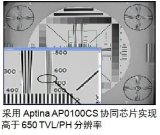
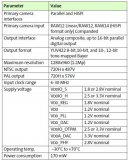

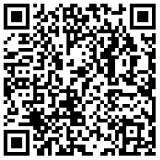

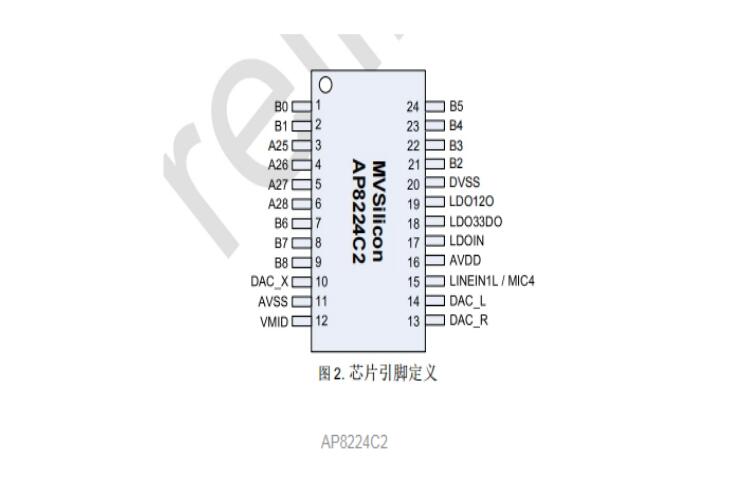











評論